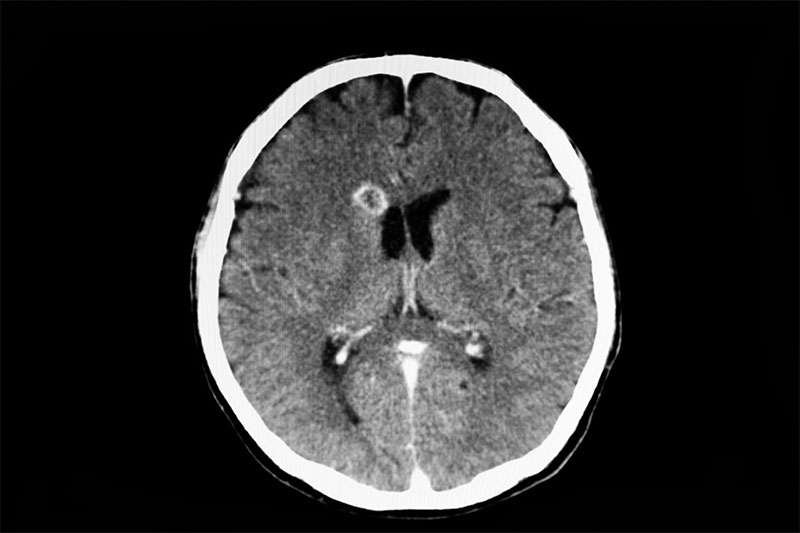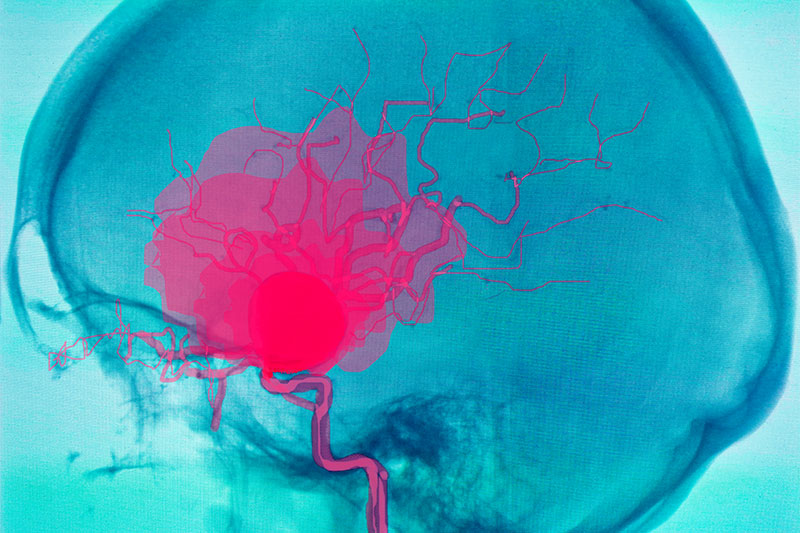If you were unfortunate enough to end up with COVID-19, then you would have hoped during the peak of your sickness even if it was ‘mild’, that you would have gotten healthier and back to normal quickly enough. However, you found out the hard way that you struggled with symptoms that lingered on even after the worst of the sickness was over.

And this is something that anyone who is currently suffering from COVID-19 must know, as well as their loved ones. It is best to be prepared for what you could face. Let’s talk about the 12 longest-lasting COVID symptoms to be aware of.
Insomnia

During the height of the illness, it was difficult to get a good night’s sleep and now the circadian rhythm is out of sorts even once the illness has subsided. This is why insomnia is a common problem in those who suffered from COVID-19. The only thing that can be done is to go to bed at a reasonable hour each night, and to sleep in a very dark room, and to not take in caffeine later than 1 pm. Keep away from screens as well.
Fatigue Headache

The fatigue is a common symptom of COVID-19, but you would think that once the virus is passed, the fatigue would go. Unfortunately, the fatigue lingers and what results from it is the headache as well. It will take a very long time to get your energy back.
Vertigo

COVID-19 has an effect on your neurological health which is why you can be experiencing vertigo even after the worst of the virus is gone. You will feel as if the room is spinning around and this will also not help your fatigue either. This is one of the most unpleasant lingering symptoms of COVID.
Skin Rash

COVID is known to cause rashes and other skin disorders as well based on the change of blood flow which will have a negative effect on the skin. Rashes may end up lingering for a very long time as there are changes in the skin chemistry from it.
Muscle And Joint Pain

One of the COVID symptoms is muscle and joint pain and this symptom can easily linger on even once you are over the worst of the virus. Your muscles are weak as it is and exerting them causes pain and pain in the joints also result from overexertion as well.
Chest Pain

The chest pain that you experienced from COVID initially is not a short-lived symptom as the inflammation in the chest area does not settle. And you could experience chest pain in addition to frequent coughing due to the irritation from it.
Brain Fog

If you are having difficulty with thinking and making decisions, as well as remembering things, that is brain fog. The virus destroyed brain cells which is the reason for this. And it may be difficult to regenerate newer ones and that won’t happen immediately.
Occasional Shortness Of Breath

Shortness of breath is a common COVID symptom but this distressing symptom can linger on for a while. It won’t be as severe and as frequent but there will be bouts of struggling to get a breath in. That is because of the scarring and inflammation of the lungs.
Heart Arrhythmia

The virus can easily cause damage to the heart and doctors are worried about long-term damage. Therefore, heart arrhythmia is a common lingering symptom of COVID. Doctors are studying how the heart heals after the worst of the virus is passed to see how irregular the heartbeat in patients who had it become in the long term.
Hypertension

The virus targets blood vessels and heart cells, and even healthy people who had the virus could develop high blood pressure in the long term. Those who already had high blood pressure before getting the virus are even more serious risk for a stroke and many patients did not survive the virus in this case. Monitoring blood pressure is essential to do while healing from the virus.
Neurological Complications

You already know that brain fog is a complication of COVID. Other neurological problems can also happen which can include the sudden development of migraines and being at risk for early dementia. That is because the brain cells are destroyed and there is inflammation in the brain from the virus.
Aneurysm

Because COVID-19 has a negative effect on blood vessels and can cause clotting, there is a high risk for aneurysms to happen. There is a greater risk of a weak spot on a blood vessel that can form a clot and it bulges on the outside. It can happen in any part of the body and if it happens in the brain, it can involve death. However, if headaches are persistent and it is found on an MRI, then treatment is possible which is risky but also life-saving. Bursting blood vessels can lead to uncontrolled internal bleeding which can become fatal.
Therefore unfortunately if you survived COVID you are not out of the woods as you can face these lingering symptoms. If you were mildly affected by the disease then you may not have too many lingering symptoms but you need to be checked often regardless. You can still easily face complications.


